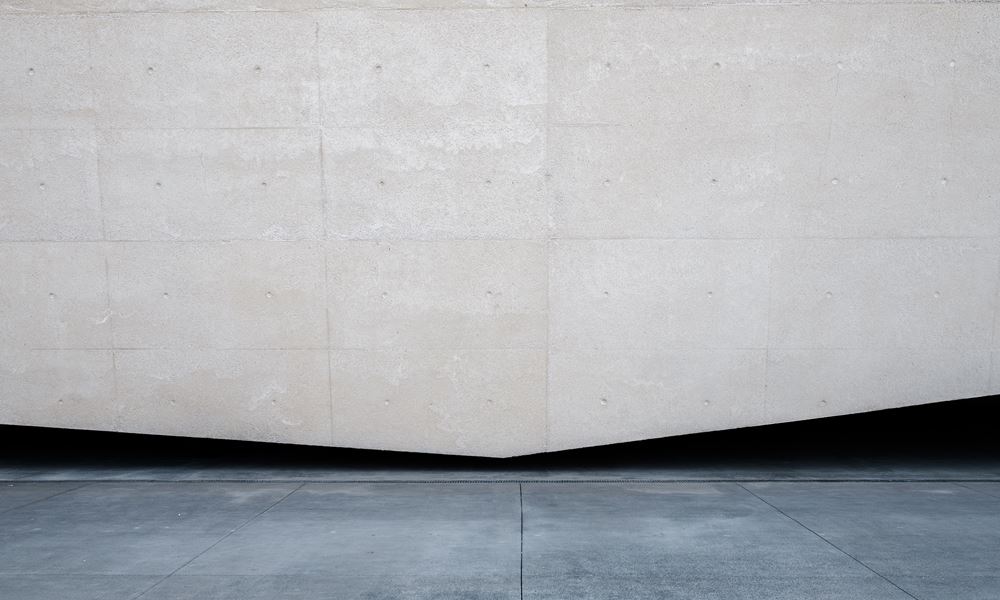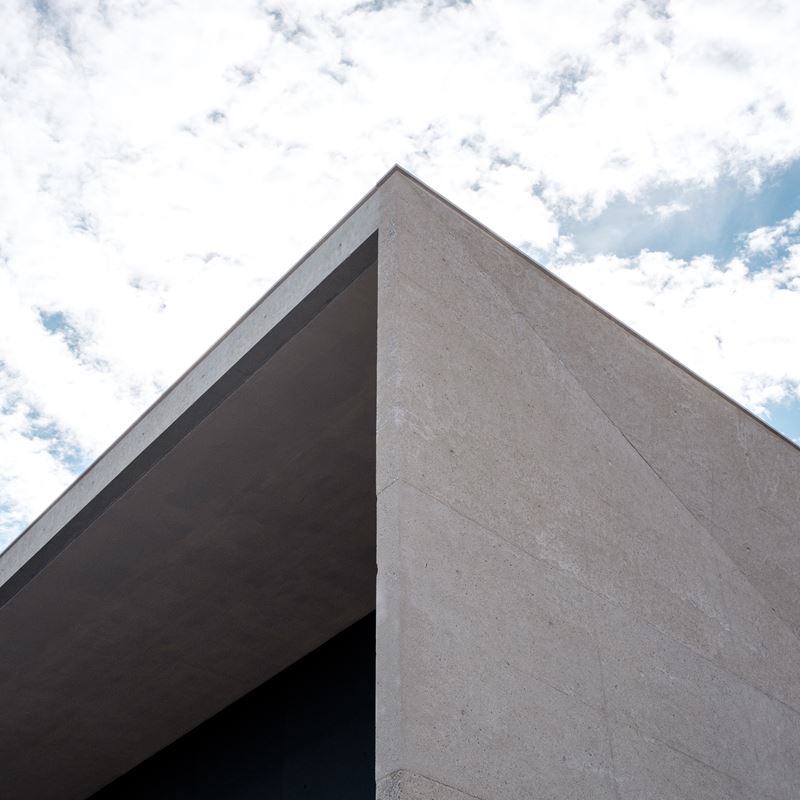General presentation of the project
Designed by the Portuguese architect, Carrilho da Graça, the new Lisbon Cruise Terminal involved Amorim Cork Composites, Secil and ITeCons in the development of a new type of lightweight structural white concrete, incorporating cork, that is used in the building’s façades. The new compound made it possible to reduce the weight of the building’s structure, while maintaining its strength, and also improving its comfort and energy efficiency due to cork’s thermal capacity.
The beauty of architectural concrete
The working group concluded that lightweight structural white concrete, incorporating recycled natural cork granules, met all the design requirements, by striking a balance between the concrete’s mechanical strength and bulk density, while guaranteeing a high-quality finish, insulation and durability as well as the desired colour - since the project required white-coloured concrete.
Combining the strength and beauty of architectural concrete with the lightweight, durability and thermal insulation of cork, the lightweight white structural concrete solution, incorporating recycled natural cork agglomerate, applied at the Lisbon Cruise Terminal is lighter, more environmentally friendly and sustainable than traditional concrete solutions.
About the project
Designed by the Portuguese architect, Carrilho da Graça, the new Lisbon Cruise Terminal, inaugurated in November 2017, has 13,800 m2, distributed across three floors, and has 360 public parking spaces and 80 parking spaces for buses and other tourist vehicles. The new terminal is designed to serve 1.8 million passengers per year and has a quay with capacity for ships of various types and sizes with a draft of up to 12 metres.


